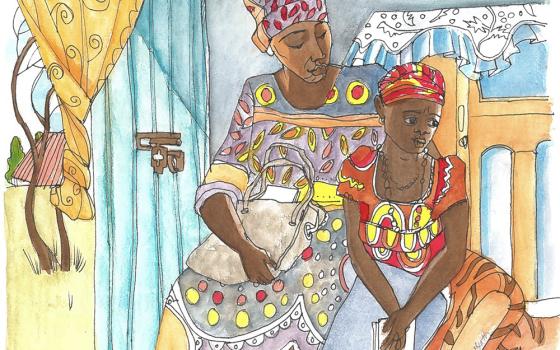As the gap between rich and poor widens, studies show our politics get more hostile. And that pretty much explains what's going on this election season.
Research published just last week makes the link clear. Writing in the Journal of Politics, Louisiana State University political scientist James Garand reports that polarized politics seem to follow in lock-step with economic inequality.
"U.S. senators from states with high levels of income inequality are more polarized than other senators," writes Garand, "primarily in response to state income inequality and greater constituency polarization that results from high income inequality."
His research indicates that, as the U.S. increasingly becomes a nation of haves and have-nots, our two main political parties choose up sides and fight pitched battles -- the Democrats with the working and middle-class, and the GOP with the got-it-all crowd.
Garand studied voting habits beginning with 1979, and that was no mere random selection. More and more, researchers look to that year as the start of what is now being called "The Great Divergence" -- the moment when income inequality in the U.S. began to grow rapidly.
In a series for the online magazine Slate, Timothy Noah takes a close and well-documented look at this social and economic phenomenon. Noah notes that long-held nostalgia for post-war America is based on more than just wishful thinking. That period is now labeled by economic historians as "The Great Convergence" -- a time when income inequality leveled off, and the chasm between rich and poor shrunk. It was also a time of relative political and social peace -- something experts now believe is no coincidence.
That began to erode early in the 1970s, but picked up steam by the end of the decade. Noah writes, "During the late 1980s and the late 1990s, the United States experienced two unprecedentedly long periods of sustained economic growth—the 'seven fat years' and the 'long boom.' Yet from 1980 to 2005, more than 80 percent of total increase in Americans' income went to the top 1 percent. Economic growth was more sluggish in the aughts, but the decade saw productivity increase by about 20 percent. Yet virtually none of the increase translated into wage growth at middle and lower incomes, an outcome that left many economists scratching their heads."
And while economists were head-scratching, the ever-squeezed middle class was getting pretty darn fed up. It played catch up in the last decade by borrowing heavily on home equity to compensate for falling incomes -- but that funhouse ride has come to end.
What we're left with, it seems, it polarization everywhere: in economics, in social issues, and in our politics.
Fellow NCR Today blogger Demetria Martinez has a related piece here: New data on income inequity shows a failed state of affairs



